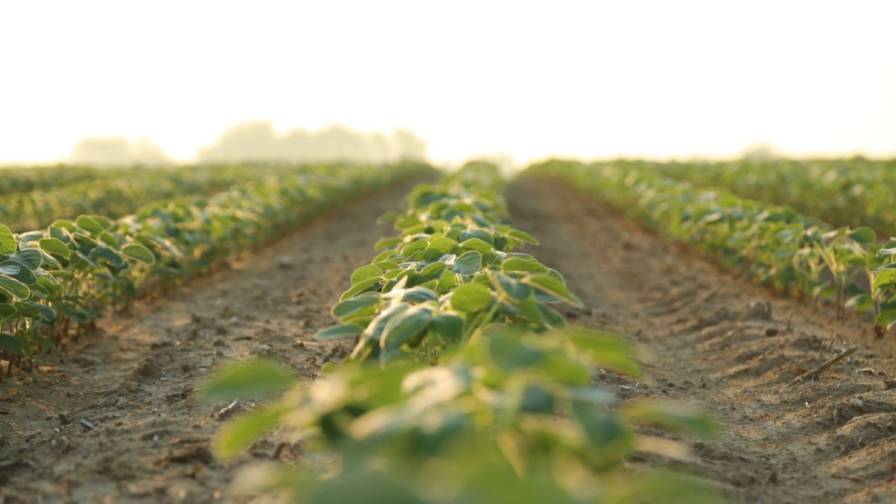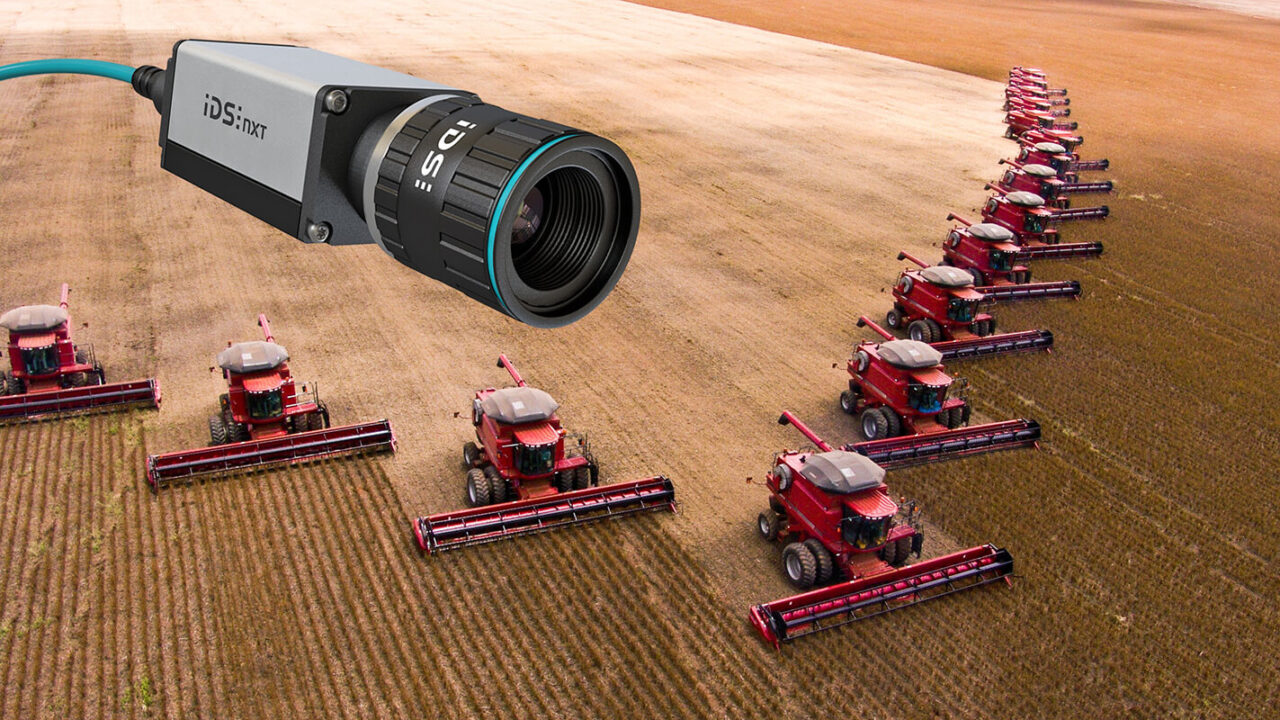What’s Trending In Soil Testing And Scouting

Effective soil sampling includes consistent core depth, adequate number of cores to represent the grid or zone, thoroughly mixed samples, and correct cataloging. Pictured: The Falcon Automated Soil Sampling unit.
Keeping up on soil testing and scouting, especially following unusual weather conditions, can play a role in maximizing yields. Soil sampling continues to gain importance as growers try to save on fertilizer applications and to keep excess nutrients from leaving fields. Even in tight fiscal times, the technology is valuable. In fact, Tim Mundorf, Field Representative and Precision Ag Specialist at Midwest Laboratories, expected to see cutbacks on grid sampling last year because of crop prices. Instead, his company saw record levels — to the point of processing some 25,000 samples per day in the heat of the sampling season.
On the other hand, many growers are concerned with the loss of nutrients in their soil after a very wet 2015. Cover crops got hit with the warm/wet combination in some parts of the U.S., so they didn’t take hold, notes Aaron Hutchinson, President of iCropTrak. Some growers planted an extra crop during the winter, which will impact the soil this spring. Producers may want to take an extra soil sample out of rotation to see what they really have after so much water, an extra crop or an absence of cover.
Call For Quality
When surveyed about advice they would offer about soil testing, contacts emphasized the quality of samples taken. A number of factors go into that, says Allan Baucom, Owner of Falcon Technologies Group LLC: Consistent core depth, adequate number of cores to represent the grid or zone, thoroughly mixed samples, and correct cataloging.
He emphasizes that if the depth of cores varies just half an inch or an inch either way, then the make-up of that core and its resulting sample — and hence, the measure of nutrient availability — is going to be totally different.
Look for those “outliers” that might throw off recommendations, Mundorf says. The recent growth of strip-till and different types of fertilizer banding can affect readings. “If your core hits one of those hot spots that’s created with banding, you can get some problems,” he says. In addition, stick with spring or fall sampling, whatever has been done in a field in the past. Pull from the same depth as you’ve done in past years as well. Shallower samples than usual might show higher nutrient levels or pH, depending on the last time lime was applied.
Baucom also sees georeferenced grids or zones getting smaller and smaller, with the goal of more precise nutrient applications. He feels the industry has all the technologies — from the soil sampling forward — for good nutrient application. “But sampling itself is the one area in the whole process that we have remained at the buggywhip stage,” he says. “Now we’re moving that into the modern arena.”
Cool Samplers
While soil sampling machines are not new, the technology available for use with them has advanced greatly. Falcon Technologies’ automated soil sampler was re-released just last summer after the addition of some key, farmer-requested features: GPS capabilities and a barcode reader. The changes are part of the company’s efforts to pull the best quality sample, says Baucom.
Dustin Lake, Indiana Salesperson with GVM, says the company’s Agri-Probe provides users with an extremely consistent sample at repeatable sampling depths. Several modifications can be made to allow sampling in moist conditions, including the addition of flotation tires and up to three vibrators to help break-up compacted soils in the sampling probe.
“Operators will be happy in the Bobcat Toolcat’s comfortable, climate-controlled cab, out of the elements — and without the back pain of manual sampling,” Lake says. “And happy operator leads to more constant samples.” The Toolcat can be outfitted for many other attachments and uses.
Scouting Focus
Above ground, scouting approaches are evolving as well. When asked if scouting is getting more or less complex — thanks to today’s hybrids and cropping systems — reactions were mixed.
“Scouting is getting more complicated since every square foot of a field can have different variables at play,” says iCropTrak’s Hutchinson. He believes growers/retailers have to look at more places in a field to get a good understanding of its health and problems. And while drones and other imaging technologies can help, they come at a cost of more complexity in reading and properly understanding what’s being shown.
“We have not hit on that tipping point where technology will make scouting easier, but many of us like iCropTrak are pushing in that direction with every new release,” he says.
Some new hybrids continue to push the yield boundaries but aren’t as tolerant to disease and insect pressures, notes Stuart McCulloh, Co-founder of ScoutPro Inc. “I would say that we are seeing scouts do more homework before they go out and aimlessly wander a field. We’re reading up on new hybrids, capturing photos in the field with better clarity, dropping pins, and drawing areas where we see issues.”
McCulloh points out that networking is being taken to a new level with current technologies. Scouts can get connected and learn from blogs, tweets, newsletters, podcasts, and articles that come out during the growing season. These resources are all virtual forms of coffee shops that scouts should take advantage of.
He’s found that countless university researchers, plant breeders, yield contest winners, and high value crop farmers are in the fields scouting all the time. The notes they take are extensive — and those notes pay off.
In contrast, he’s seen that many other field trackers’ observations are mental or scribbled down quickly, as maybe a note in their phone. Scouts need to record observations more in a consistent, accurate manner; that’s where the value is, McCulloh says.

The ScoutPro app features unique ID keys and university-sourced information to provide the novice or seasoned scout with resources to be efficient and accurate in the field.
ScoutPro apps feature unique ID keys and university-sourced information to provide the novice or seasoned scout with resources to be efficient and accurate in the field. The company has continued to build web tools as well to provide a hub for scouting information management information. The apps also provide accountability; in order to reference a point in the field, the scout needs to be there.
How will wet weather and unusually warm winter in many regions play into the pest scouting and mix this year? iCropTrak’s Hutchinson says there are very few reference seasons to predict what will happen from the particular odd weather patterns over the last two years. Things to consider: was there enough cold to knock down nematodes, how will planting an extra winter crop impact some fields, how will giving weeds an uncharacteristic growing season look, and how did changes in winter wind patterns affect weed and pests migrations.
“In times of uncertainty, it’s always best to hedge your bet with more information so you can make informed decisions,” says Hutchinson.
To help with that for 2016, iCropTrak has added a new AI FarmEngine (artificial intelligence) to its in-field data collection tools. The update makes assignment and tracking of work easier (drag-n-drop), providing automated emails and text to alert farmers/scouts the right times to scout, and automatically warn them when things are going wrong. The company is also bringing all the documentation and variable rate tools from an office desktop natively to iPads so users can make changes just-in-time in-the-field.
Mark Johnson, Field Agronomist with Iowa State University, advises that growers scout frequently. He’s found that often scouting is hit or miss, and treatments are applied before problems reach economic thresholds. That means unnecessary costs — and loss of beneficial insects, which ultimately leads to a need later for insecticide application. In addition, growers need to identify diseases correctly. Fungicides are applied to crops with bacterial disease so treatment will not affect them.
The same holds true for weeds, says Johnson. If herbicides are used that are not effective against the weeds present or are not applied at effective rates, growers pay the cost, but the control will not be satisfactory. He advises growers know their weeds — including which herbicide groups control them — and know the rate of actual active ingredient.
A final factor that’s often misunderstood is timing: It’s easier to control small weeds. With larger weeds comes larger cash crop plants which intercept more of the applied herbicide, preventing it from landing on target weeds.





